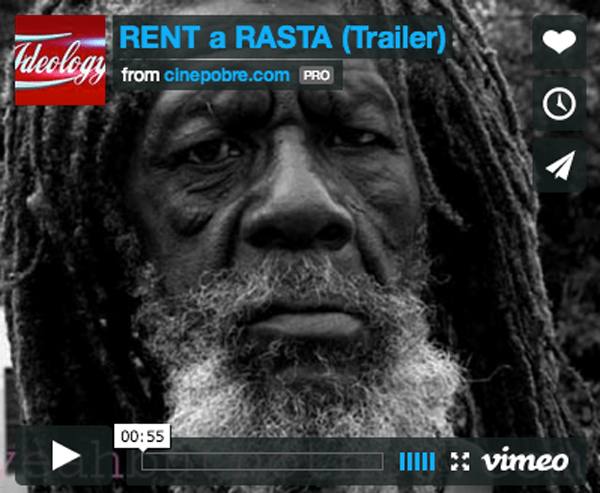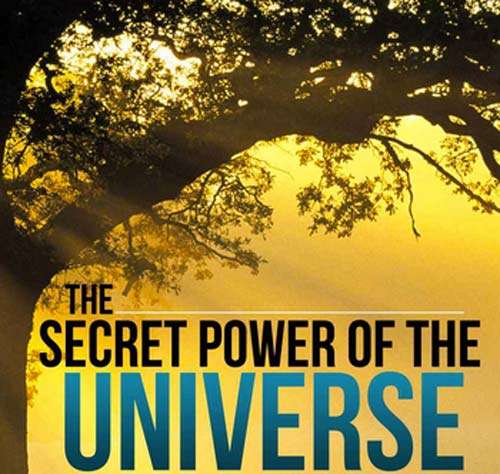Nyabinghi Rasta Heartbeat Drumming
Healing through the heart beat rhythm and nyabinghi
Music therapy and healing with sound are now being utilised as ways to cure what ails us. A Rasta knows that rhythm is the soul of life. The whole universe is a rhythm. Everything and every human action revolves in rhythm. Babatunde Olatunji
The first sound we hear is the beating of our mothers heart when we are in the womb and the rythm of her breath. This common experience exists for all human beings.
Rhythm is our natural inheritance. Drumming is a practice that spans the globe and has a presence in every culture. It has been used for centuries in rituals, ceremonies, communication, rites of passage, music and dance, celebration, healing, community building and cultural events.
Drumming therapy is a method of utilising the natural power of rhythm and music and applying it to an individual or group for the purpose of healing. Group drumming breaks down social barriers, promotes freedom of expression, non-verbal communication, unity and cooperation.It decreases depression, anxiety, and stress, boosts the immune system functioning and benefits physical health.
Barry B Bittman MD and others have published some ground breaking studies showing the benefits to the immune system, stress levels and mood.
Nyabinghi Drumming Music Therapy
In a Rasta overstanding Nyahbingi is the mystical power of the Most High to mete justice throughout the Universe. Nyahbingi has come down to the Rastaman to signify death to the oppressors, both black and white. It is through prayer, music and biblical reasonings that the Rastaman chants binghi, calling on the forces of nature to destroy the powers of wickedness.
The Nyahbinghi resistance inspired a number of Jamaican Rastas who incorporate nyahbinghi chants or binghi into the celebrations or grounations. The rhythms of these chants were eventually an influence in popular ska rocksteady and reggae music.Three kinds of drums (called harps are used in nyabinghi; Bass, a middle pitched funde and akete.The akete (also known as the repeater plays an improvised syncopation, the funde plays a regular one-two beat and the bass drum strikes loudly on the first beat, and softly on the third beat (of four).When the players get together, only one akete player may play at any on time.The other drums keep regular rhythmswhile the akete players solo in the form of a conversation.Count Ossie was the first to record nyabinghi and he helped to establish and maintain Rastafari livity.
Nyabinghi drumming is not exclusive to the Nyabinghi order, and is common to all Rastafarians.Its rhythmsare the basis of Reggae music through the influential ska band, the Skatalites.It is said that their drummer revolutionised Jamaican music by combining the various Nyabinghi parts into a complete drum kit which combined with jazz to create an entirely new form of music, known as ska. Nyabinghi rhythmswere largely a creation of Count Ossie, who incorporated influences from traditional Jamaican Kumina drumming (especially the form of the drums themselves)_with songs and rhythms learned from the recordings of Nigerian musician Babatunde Olatunji.
The recordings of Ras Michael and the Sons of Negus, as well as the Rastafari elders, have contributed to the popularity of the music.Combining Jamaican traditions with newly acquired African ones, Count Ossie and others synthesised his country’s African traditions and reinvigorated them with the influences of Nigerian master-drummer Babatunde Olatunji, as a comparison of Count Ossies Tales of Mozambique and Olatunjis earlier Drums of Passion will reveal.Indeed, it is that combination of inherited traditions and conscious rediscovery of lost African traditions that makes Nyahbinghi drumming and Rasta so powerful.
The Nyabinghi drums are used as a form of music therapy in the rasta livity.
Nyabinghi are considered the strictest mansion of the Rastafari movement in Jamaica preaching the ideals of global theocracy to be headed by Emperor Haile Selassie I, whom they proclaim to be the promised Messiah and incarnation of the Supreme.
Nyabinghi Instruments
The Nyabinghi drums are played only by capable Rastafari brethrens during the hour of chanting.A bald head or non Rastafarian is not permitted to play the drums.Rings must be removed from the fingers of any such player of drums, namely the Funde and Repeater so as to protect the skins of the drums.Players of instruments must be on one accord at all times ensuring perfect harmony.
The Thunder Bass carries the two beat or heart beat 1,2 in accord with the Funde that says Do Good or 1,2.The Repeater or akette, is the smallest and highest pitched drum. It is a single elongated bongo. The drummer plays with a syncopated rather than backbeat feel. The repeater as a very improvisational role in binghi as it is seen as the carrier of spirit. There are rarely more than two thunder players at a gathering. Open tone on 1and dampened stroke on 3. Occasionally the thunder player will syncopate the rhythm. The Funde maintains the heartbeat rhythms as the funde player makes steady, dampened strokes on 1 and 3. It has the least improvisational role. The funde resembles the requinto, the smallest conga used in Afro-Cuban music.
The Shaka or Shakere commonly found throughout Africa, The Caribbean Latin America also has a place in Nyabinghi.
Caribbean musical instruments are also significantly influenced by their African Heritage. The shapes and constructions of drums, the way they are made, are West African in nature. The drum making process in Surinam can be traced to Ghana. “Tambu” is a Congolese word for drum. And the tamboo bamboo, bottle and spoon and steel percussion from cowbells, iron wheels and steelpans produce tones that are very West African. The development of a steelpan orchestra: this concept is African. In Africa there are entire orchestras that are made up of a single type of instrument – similar to the steelpan concept. With elephant horns, for example, an orchestra can be built, and the major difference, like with the steelpan, is one of tone. Drums can form an orchestra as well. The xylophone from the Savannah Belt in Africa is similar in tone to the tenor pan that was formed in Trinidad.
Buy African Drums and Percussion
African Drumming Lessons DVD
African Drumming Books
Related Posts
Metaphysically Babylon is defined as confusion or a chaotic condition. The rainbow as a covenant between human and the earth and the Lion for courage




